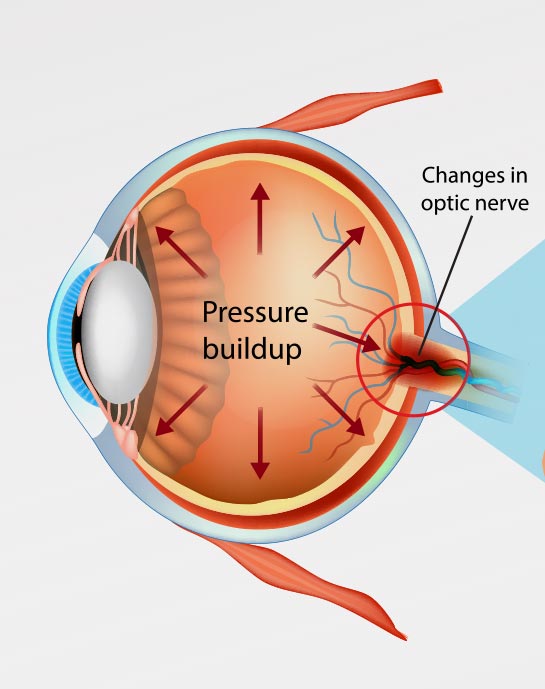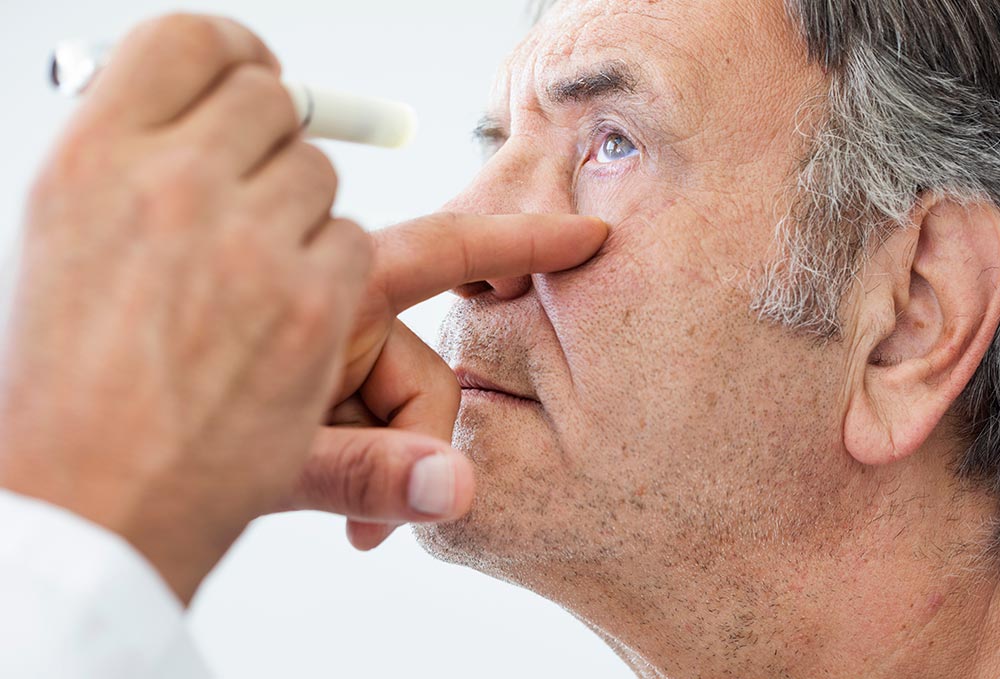Glaucoma


What Is Glaucoma?
Expert Diagnosis and Treatment from Austin’s Trusted Glaucoma Specialists
Glaucoma is one of the leading causes of irreversible blindness worldwide. Often progressing silently without symptoms, it has earned the nickname “the Silent Thief of Sight.” At Westlake Eye Specialists, we’re committed to protecting your vision through early diagnosis and advanced treatment solutions led by Dr. Zarmeena Vendal, MD, a Harvard-trained glaucoma specialist and board-certified ophthalmologist.
Serving patients in Austin, Kyle, Killeen, and New Braunfels, TX, our team provides comprehensive glaucoma care with a personalized, compassionate approach.
Meet Your Harvard-Trained Glaucoma Expert:
Dr. Zarmeena Vendal
Dr. Zarmeena Vendal, MD is a nationally recognized eye surgeon and one of the most experienced glaucoma specialists in Central Texas. She trained at Harvard Medical School, where she completed a fellowship in glaucoma care and minimally invasive surgical techniques. As the founder of Westlake Eye Specialists, Dr. Vendal combines her world-class training with a passion for patient-centered care.
Her specialties include:
- Laser-assisted glaucoma therapies (SLT/DSLT)
- Minimally Invasive Glaucoma Surgery (MIGS)
- Advanced imaging for early diagnosis
- Cataract and glaucoma combined procedures
If you’re searching for an Austin glaucoma specialist, trust your care to Dr. Vendal and her skilled team.


What Is Glaucoma?
Glaucoma is not a single disease but a group of eye conditions that damage the optic nerve, the critical structure that sends visual information from your eye to your brain. The most common cause of glaucoma is increased pressure inside the eye, known as intraocular pressure (IOP). This pressure gradually erodes the nerve fibers, often without pain or noticeable vision changes—until permanent damage has occurred.
Why Early Detection Is Crucial
Because most types of glaucoma do not cause symptoms in the early stages, regular comprehensive eye exams are vital. Once vision is lost to glaucoma, it cannot be restored. However, early diagnosis and treatment can slow or stop the progression, helping you maintain vision for life.
At Westlake Eye Specialists, we use advanced imaging, visual field testing, and pressure monitoring to detect glaucoma at its earliest stages—often before vision loss begins.

What Causes Glaucoma?
The eye continuously produces a fluid called aqueous humor, which flows through a drainage angle where the iris meets the cornea. When this system becomes blocked or inefficient, fluid builds up, increasing intraocular pressure.
Over time, this pressure damages the optic nerve, leading to peripheral vision loss and, eventually, total blindness if untreated.
Risk factors include:
- Age over 60
- Family history of glaucoma
- African, Asian, or Hispanic heritage
- Diabetes, high blood pressure, or heart disease
- Thin corneas
- Prolonged corticosteroid use
- History of eye injury or surgery

Types of Glaucoma
Each form of glaucoma behaves differently and may require unique treatment. At Westlake Eye Specialists, we provide custom care for all glaucoma types, including:
- Primary Open-Angle Glaucoma » – The most common form; slow progressing and painless
- Angle-Closure Glaucoma » – A sudden blockage of fluid drainage that is a medical emergency
- Normal-Tension Glaucoma » – Optic nerve damage despite normal eye pressure
- Pigmentary Glaucoma » – Pigment dispersion clogs drainage channels
- Congenital Glaucoma » – Rare, inherited form seen in infants and children
- Secondary Glaucoma » – Caused by injury, medications, or other eye conditions
Each linked page will provide deeper insights into symptoms, causes, and treatment options for that specific subtype.
How Is Glaucoma Diagnosed?
At Westlake Eye Specialists, we use cutting-edge diagnostic tools to provide the most accurate glaucoma assessments in Central Texas. These include:
- Tonometry: Measures intraocular pressure
- OCT (Optical Coherence Tomography): Scans the optic nerve for early damage
- Visual Field Testing: Assesses peripheral vision loss
- Gonioscopy: Evaluates the eye’s drainage angle
- Pachymetry: Measures corneal thickness, an IOP risk factor
These tools help Dr. Vendal and her team identify glaucoma early and monitor it closely to adjust treatment as needed.
Glaucoma Treatment Options
The goal of glaucoma treatment is to lower intraocular pressure and preserve the optic nerve. Depending on the type and severity of glaucoma, your Austin glaucoma specialist may recommend:
In-Office Treatments
Minimally Invasive Glaucoma Surgery (MIGS)
Performed alone or with cataract surgery to enhance fluid drainage with minimal trauma:
Why Patients Choose Westlake Eye Specialists
- Harvard-trained glaucoma specialists
- Recognized leader in minimally invasive eye surgery
- Advanced diagnostics for early detection
- Unrushed consultations and clear communication
- Locations in Austin, Kyle, Killeen, and New Braunfels
- Trusted by thousands of Central Texans
We believe in empowering patients with knowledge and choice—because you deserve to understand your diagnosis and feel confident in your treatment plan.
Schedule a Glaucoma Consultation Today
If you’ve been diagnosed with glaucoma—or are at high risk—don’t wait. Schedule a consultation with Dr. Zarmeena Vendal, a Harvard-trained glaucoma expert and trusted Austin glaucoma specialist.
Call our office or schedule online today. We’re here to preserve your sight, your independence, and your quality of life—every step of the way.

